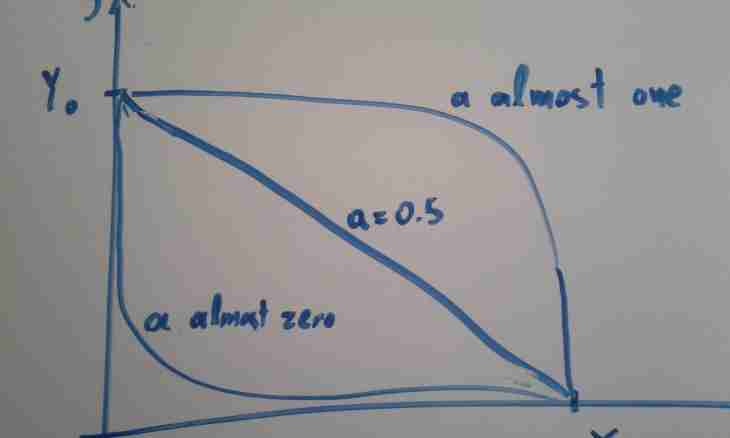What is solubility? Take a pinch of table salt and throw it into a glass of water. Mix. The amount of salt will begin to decrease quickly, in several seconds it will disappear. Certainly, it did not get to anywhere – just passed into solution. Add a new portion, mix. To it there will be the same. It means that table salt (sodium chloride) is soluble in water. And how well it is soluble? How in general it is possible to define solubility of substance?
Instruction
1. Pour exactly 100 grams of water (100 ml) in a glass and begin to fill when hashing exact hinge plates of salt there. You will see that also 5 grams chlorideof sodium, and 10, and 15, and 20 will easily be dissolved. By the rules adopted at chemists, that substance is considered well soluble, 10 and more grams of which are dissolved in 100 grams of water under normal conditions. Respectively, if 1 gram and less is dissolved, then it is slightly soluble substance. If absolutely small amount of substance – less than 0.01 grams is dissolved, it is considered almost insoluble. For example, sulfate of barium or bromide of silver.
2. Continue experience. You will notice that new portions of chloride of sodium are dissolved more and more slowly, despite intensive hashing. And, at last, dissolution stops when in 100 grams of water there are 35.9 grams of chloride sodium. It means that solution became saturated, that is new portions of substance in it under normal conditions are not dissolved any more.
3. Thus, the solubility can be defined by practical consideration, serially adding strictly measured hinge plates of substance to water and mixing.
4. Whether there is a solubility all the time of a constant? No. And too it is easy to check it by practical consideration. Begin to heat saturated solution of chloride of sodium, gradually powdering to it new amounts of salt. You will see that the solubility, though gradually, increases. For example, at 50 degrees in 100 grams of water 36.8 grams of salt are dissolved, at 80 degrees – 38.1 grams, and in the boiling water 39.4 grams of salt are dissolved already.
5. It is only a private example. At some substances the solubility with temperature increase sharply increases, at some, on the contrary, decreases. The solubility of gases with temperature increase decreases as it is under such circumstances easier for their molecules to leave solution.
6. There are "tables of solubility" in which the substances formed by different anions and cations are accurately subdivided into well soluble, a little soluble and almost insoluble. They can be used with success, for example, for verification of the assumption whether reaction up to the end will leak (if slightly soluble or almost insoluble connection is one of products of reaction).

